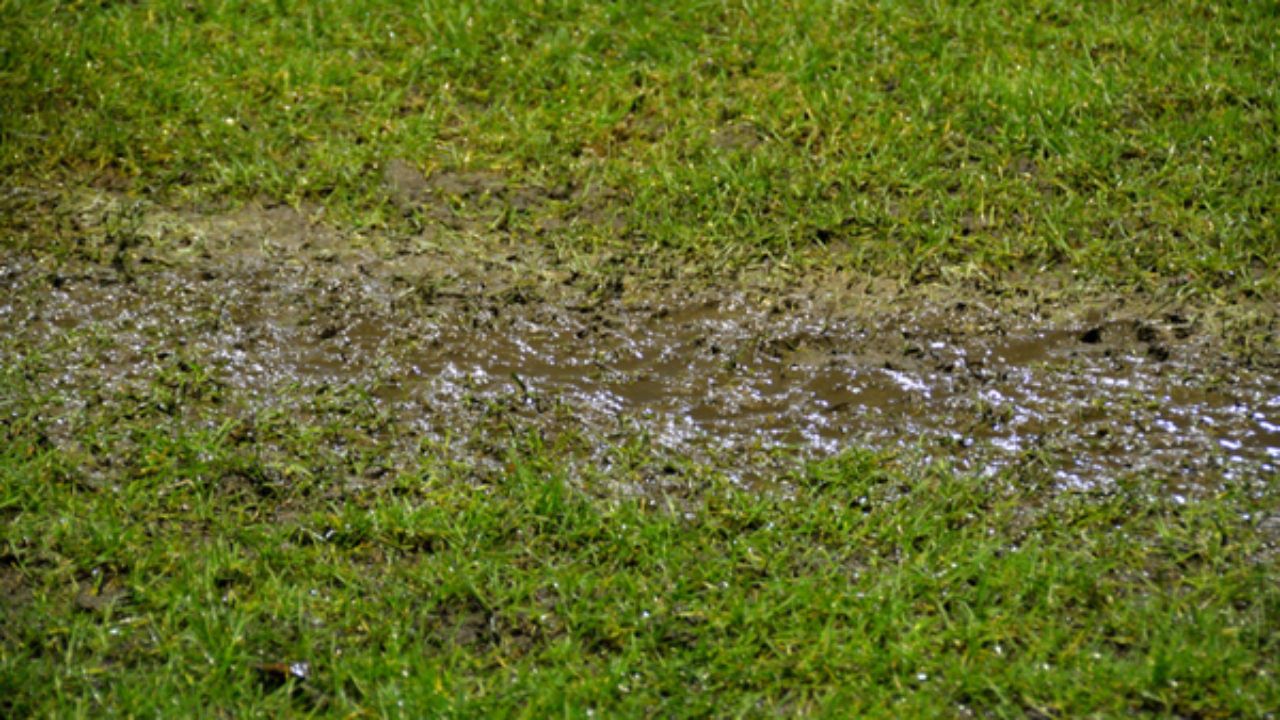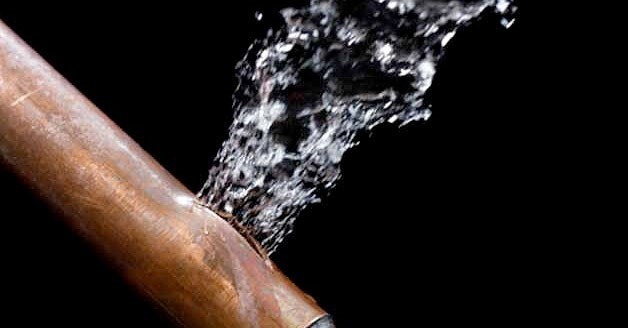Overview To Water Leak Detection At Home
Overview To Water Leak Detection At Home
Blog Article
Everyone has their own piece of advice when it comes to Hacks to detect leaks.

Early detection of dripping water lines can mitigate a possible disaster. Some little water leaks may not be visible.
1. Examine the Water Meter
Every home has a water meter. Checking it is a guaranteed manner in which helps you find leakages. For beginners, shut off all the water sources. Make certain nobody will flush, utilize the faucet, shower, run the cleaning maker or dish washer. From there, most likely to the meter as well as watch if it will change. Since no person is using it, there ought to be no movements. If it moves, that indicates a fast-moving leak. If you find no adjustments, wait a hr or two as well as examine back once more. This implies you might have a sluggish leakage that could even be underground.
2. Examine Water Consumption
If you detect sudden changes, regardless of your usage being the very same, it suggests that you have leaks in your plumbing system. A sudden spike in your bill suggests a fast-moving leak.
A stable increase every month, also with the very same habits, shows you have a sluggish leakage that's also slowly escalating. Call a plumber to thoroughly check your residential or commercial property, especially if you feel a warm location on your floor with piping underneath.
3. Do a Food Coloring Test
When it comes to water usage, 30% comes from commodes. If the color in some way infiltrates your dish during that time without flushing, there's a leakage in between the tank as well as bowl.
4. Asses Outside Lines
Don't neglect to check your exterior water lines too. Should water leak out of the link, you have a loose rubber gasket. One little leak can squander bunches of water and surge your water bill.
5. Analyze the situation and also examine
Homeowners ought to make it a routine to examine under the sink counters as well as also inside closets for any kind of bad odor or mold and mildew development. These 2 warnings show a leakage so punctual focus is needed. Doing routine assessments, even bi-annually, can save you from a major problem.
More importantly, if you recognize your home is already old, maintain a watchful eye on your heating systems, pipes, pipelines etc. Look for stainings as well as compromising as most pipes and also devices have a life expectancy. They will additionally naturally degrade due to damage. Do not wait for it to escalate if you believe leaking water lines in your plumbing system. Call a specialist plumber today so you don't wind up with a horrible mess in your home.
Early detection of leaking water lines can minimize a prospective calamity. Some tiny water leakages may not be visible. Examining it is a guaranteed means that helps you find leakages. One tiny leak can lose loads of water and also spike your water expense.
If you believe leaking water lines in your plumbing system, don't wait for it to rise.
How to Know If Your Home Has a Hidden Leak
Water Meter Reveals Inexplicable Water Usage
If you’d like to test whether or not there’s a leak somewhere in your home, you can do this using your water meter. Here is how to conduct the test:
Don’t use any water in your home for at least 30 minutes; this also means not turning on faucets or water-using appliances.
Go outside, and check your water meter for activity.
If your water meter shows that there was activity, even though no one was using any water, this proves that there is a leak in your home.Visible Mold or Mildew Growth
Leaks behind walls create moist, dark environments that allow mold and mildew to grow and thrive. Eventually, you might see mold growth forming on the wall closest to a hidden leak.
If mold is growing in an area that receives a high amount of moisture, such as a bathroom, it may simply be an indication that better ventilation is needed. However, if you see mold growth on a wall or the ceiling in an area where you would not expect, you probably have a hidden leak.
Musty, Mildew Odor
Sometimes you might not be able to see the mold or mildew that is growing as a result of a leak. However, the smell can give the problem away just as easily. If you catch a whiff of something musty, there’s a good chance that old water is collecting somewhere in your home that you can’t see.
Stained/Warped Walls, Ceilings, or Floors
When your home soaks up water, a variety of red flags can become visible, including ceiling stains, bubbling drywall, warped walls, and sagging floors. While these issues can be caused by excess humidity, they can also be signs that a pipe or plumbing connection has started leaking behind your walls.
Inexplicably High Water Bill
After a while, you get a general sense for what your water bill should be. If you own a pool or sprinkler system, your bill will tend to be higher during summer. However, if you receive a water bill that seems especially high, and you can’t figure out what caused it, then you may have a hidden leak somewhere that’s increasing your bill.
https://www.plumbingjoint.com/blog/2019/july/how-to-know-if-your-home-has-a-hidden-leak/

As an avid reader on Hacks to detect leaks, I was thinking sharing that excerpt was sensible. Do you know about someone else who is interested by the niche? Please feel free to promote it. Thank you for your time. Visit again soon.
Report this page